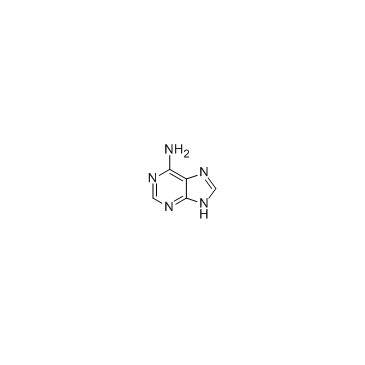| Structure | Name/CAS No. | Articles |
|---|---|---|
 |
Adenine
CAS:73-24-5 |
|
 |
D-Lysine
CAS:923-27-3 |
|
 |
H-D-Leu-OH
CAS:328-38-1 |
|
 |
H-D-His-OH
CAS:351-50-8 |